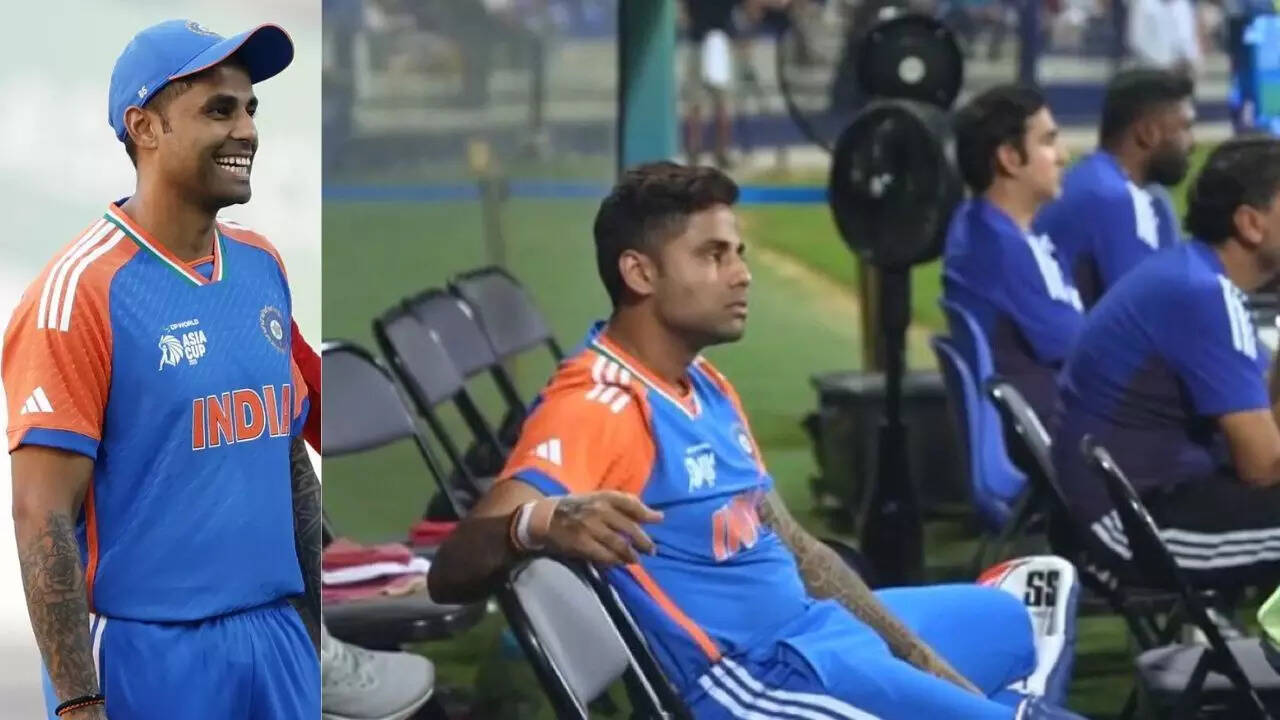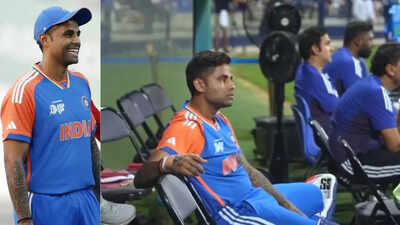India’s innings against Oman in the Asia Cup took an unusual turn on Friday as Suryakumar Yadav, who had batted at No. 3 in both of the team’s earlier matches in the tournament, did not come out to bat despite Team India utilising 10 batters on the night. The decision appeared to be a tactical move, with the Indian team seemingly opting to give their middle and lower order more time at the crease. Having chased the game in their opening two fixtures against the UAE and Pakistan, India had lost just one and three wickets respectively in the first two matches, leaving limited opportunities for the lower half of the batting line-up. On this occasion, with India batting first, the order was shuffled. Sanju Samson took charge of the innings with a measured 56 off 45 balls, while Abhishek Sharma provided his customary quick start at the top. Contributions from Axar Patel and Tilak Varma through the middle ensured the side posted 188 for 8. The changes in batting positions became more evident as Harshit Rana, followed by bowlers Arshdeep Singh and Kuldeep Yadav, were sent ahead of Suryakumar. The move meant the star batter never took guard, an outcome rarely seen in limited-overs cricket when a frontline batter remains padded up throughout an innings. For Oman, the effort with the ball was commendable. Faisal led the charge with early swing and tight lines at the death, while Ramanandi and Kaleem chipped in with crucial breakthroughs to restrict India under the 200-mark that many had expected.
Poll
Which player do you think had the most significant impact on India’s innings against Oman?
With the Super Four stage approaching, India’s tactical move gave their lower-order players valuable time at the crease, even if it came at the expense of the skipper’s batting.













